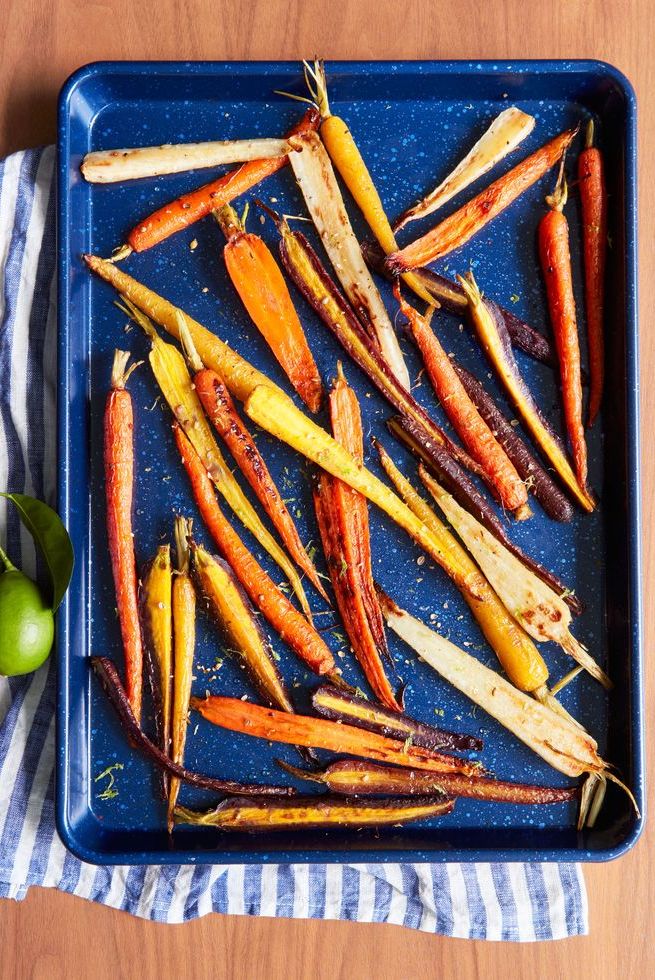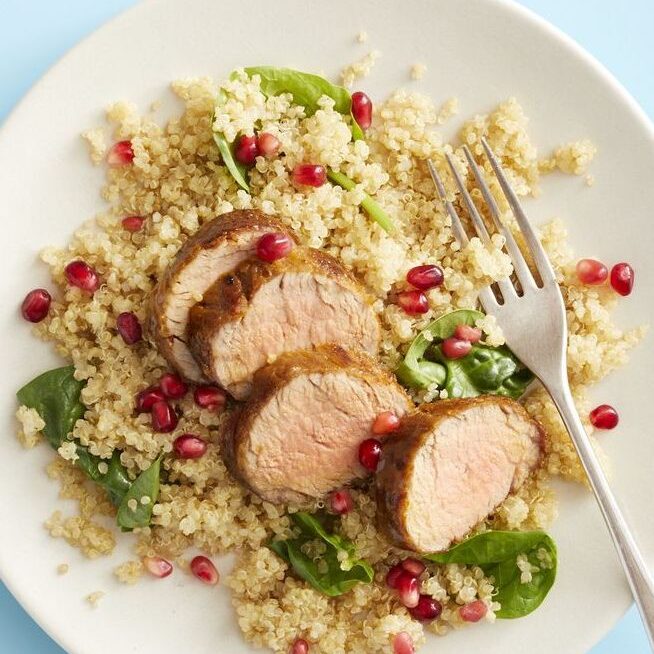
Learn five ways to feel good and reap the health benefits
It’s no secret that being happy feels good. But did you know that it can also have a positive effect on your health?
Studies have shown that people who are happier tend to lead healthier lives and live longer. They’re more likely to exercise regularly and have better physical health, with a lower risk for various health conditions, such as high blood pressure, stroke and heart disease.
While finding happiness can be challenging, there are habits that can help improve well-being and bring more joy. Incorporating these habits into our daily lives can help us find more happiness.
“Intentional effort and healthy habits are ongoing processes that can help you experience happiness,” says Kosha Nathwani, MD, a family medicine physician at Scripps Clinic Encinitas.
Various practices can assist in cultivating a happier, healthier life. Practicing radical gratitude, managing your desires and taking care of yourself are all important. Mindfulness-based stress reduction techniques can also help.
Positive emotions vs. negative emotions
One of the most significant ways happiness affects our health is through its impact on our immune system.
Research has shown that people who experience positive emotions, such as joy, contentment and gratitude, have a higher antibody response to vaccines. This can help protect against illnesses, such as the flu.
Negative emotions can have a detrimental effect on our health. Stress, anxiety, and anger can weaken our immune system, making us more vulnerable to illnesses.
Happiness can also have a positive impact on our heart health. Studies have found that those who are happier have lower blood pressure and heart rates, decreasing the chance of developing coronary heart disease. Additionally, they are more likely to engage in physical activity, which is essential for maintaining a healthy heart.
Studies have shown that happier people also are less likely to suffer from chronic pain. They are at a lower risk of developing chronic conditions, such as diabetes, obesity and some forms of cancer.
Why is self-care so important?
People who are happier are more likely to practice self-care. They often engage in healthy activities like regular exercise and eating nutritious meals. Active people also are more socially connected.
“A strong social support system can be a great help in reducing stress and anxiety,” Dr. Nathwani says.
Positive well-being can impact our health by reducing the negative effects of stress on our bodies. When we are stressed, our bodies release hormones, such as cortisol. Too much cortisol over a long period of time can have a negative effect on our health. Studies have shown that happier people tend to experience less stress and recover more quickly from stressful events.
Cultivating happiness
It’s important to note that happiness alone isn’t a magic cure for all health conditions. Not everyone can automatically turn off worry. Besides, there are various factors that affect our health and well-being, such as smoking or abusing drugs and alcohol.
Nevertheless, the research linking positive moods and physical health is compelling. It suggests that cultivating happiness can have significant health benefits.
“Whether it’s through engaging in activities that bring us joy, building strong social relationships, or practicing gratitude and mindfulness, there are many ways to promote happiness in our lives,” Dr. Nathwani says.
So, next time you feel down or stressed, prioritize your happiness. This will not only benefit your mental well-being, but your physical health too.
“By taking steps to cultivate happiness in your life, you may just be giving yourself a powerful tool for living a longer, healthier life. With time and practice, you can cultivate a deep sense of contentment and joy in your life,” Dr. Nathwani says.
Learning happiness skills
People have different mental wiring and personalities. Some people are wired for serenity, while others are more reactive.
The good news is that happiness is based on skills that can be developed and practiced, so everyone has the potential to become happier.
Five ways to cultivate happiness
These five techniques come from mind-body practices. They can help you focus on increasing positive emotions in your life. Try working these techniques into your daily routine.
1. Practice gratitude
Practicing gratitude means actively looking for things to be grateful for in your life, even when things are challenging.
“Identifying, cataloging and reflecting on all the things that are good in your life and circumstances can become a form of meditation in and of itself,” says Dr. Nathwani.
If you concentrate on the good parts of your life, your mental state and satisfaction in life can be enhanced.
“So, the next time you are stuck in a traffic jam, instead of giving into impatience and frustration, try tallying up what is going well — in your car, in your job, in your home and in your family,” Dr. Nathwani says.
A gratitude journal, where you can jot down these observations, can become a happiness-boosting bedtime or morning ritual.
2. Manage your desires
Desire is natural. However, when we focus too much on our ambitions, big or small, we may feel unsatisfied. This can lead to a nagging, persistent feeling.
“It’s natural to want things in life, but when we become overly attached to those desires, we can end up feeling unfulfilled and unhappy,” Dr. Nathwani adds. “By learning to manage your desires and focusing on what you truly need, you can cultivate a more content and peaceful state of mind.”
So, be aware of your emotions when they arise and don’t be too hard on yourself. Make an effort to stay in the present and recognize what you have.
3. Take care of yourself
Another important practice for happiness is taking care of yourself. Getting enough sleep, eating a healthy diet and exercising regularly are key. Physical activities, such as walking, dancing, running, gardening or playing a sport, can help improve your health. They can increase your energy levels and lift your mood.
“Happier people are more likely to eat, sleep and exercise in ways that are healthy,” Dr. Nathwani says. “So even on days when you’re having trouble shaking strains and stresses, it pays to stick to habits that reinforce your physical health. They’ll pay dividends on your spirits as well.”
4. Practice mindfulness
Practicing stress-reduction techniques, such as yoga or meditation, can be beneficial for achieving happiness. Practicing mindfulness can help you stay focused in the present. It can also help reduce stress and anxiety, leading to a sense of calm and inner peace.
5. Compete against yourself, not others
When we focus too much on what other people have or are doing, we can end up feeling envious, anxious, or inadequate. Focus on your progress and goals.
“Focus on the positive. Play up your strengths and work to refine them. Strive to be the best you, instead of somebody else,” says Dr. Nathwani. “This will help you build self-esteem and a sense of accomplishment. These feelings can give you more happiness.”






